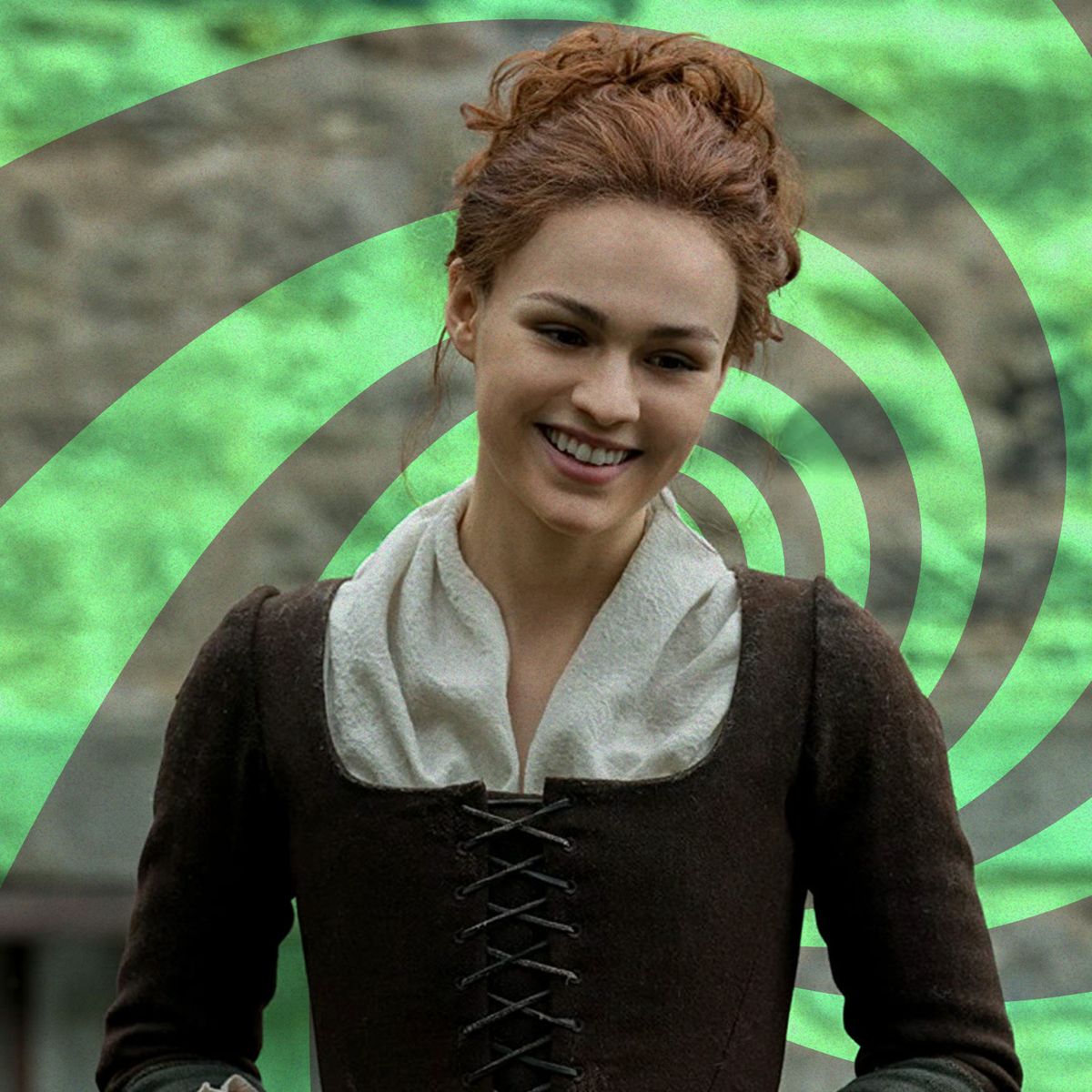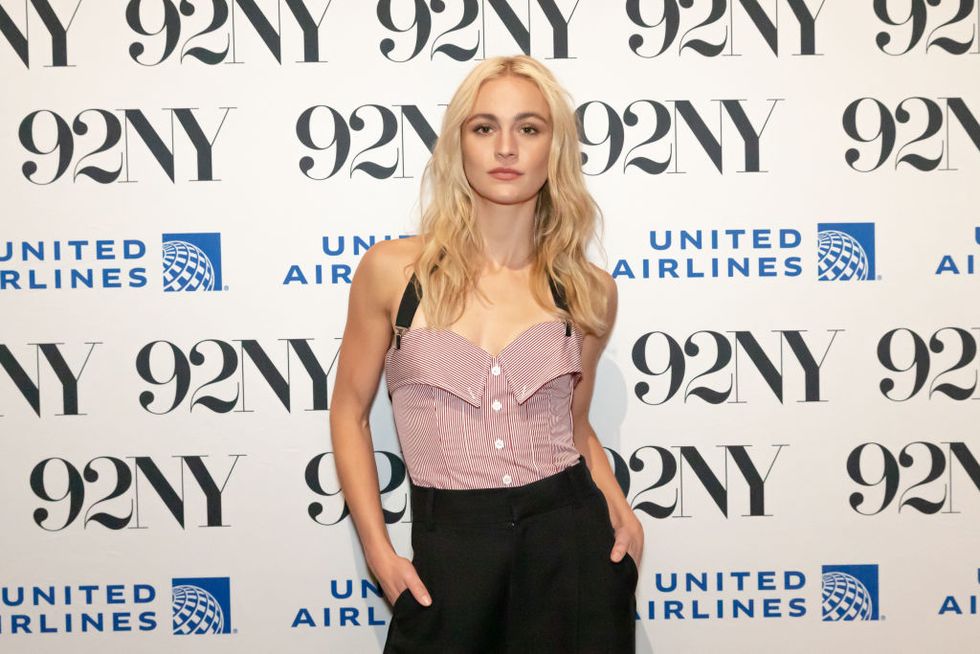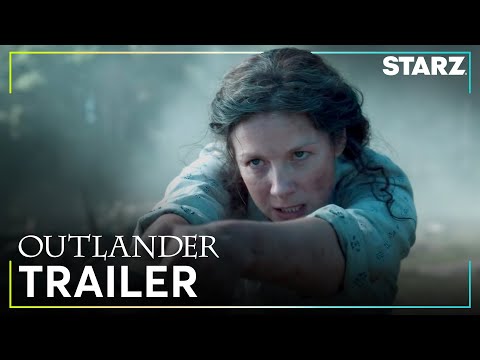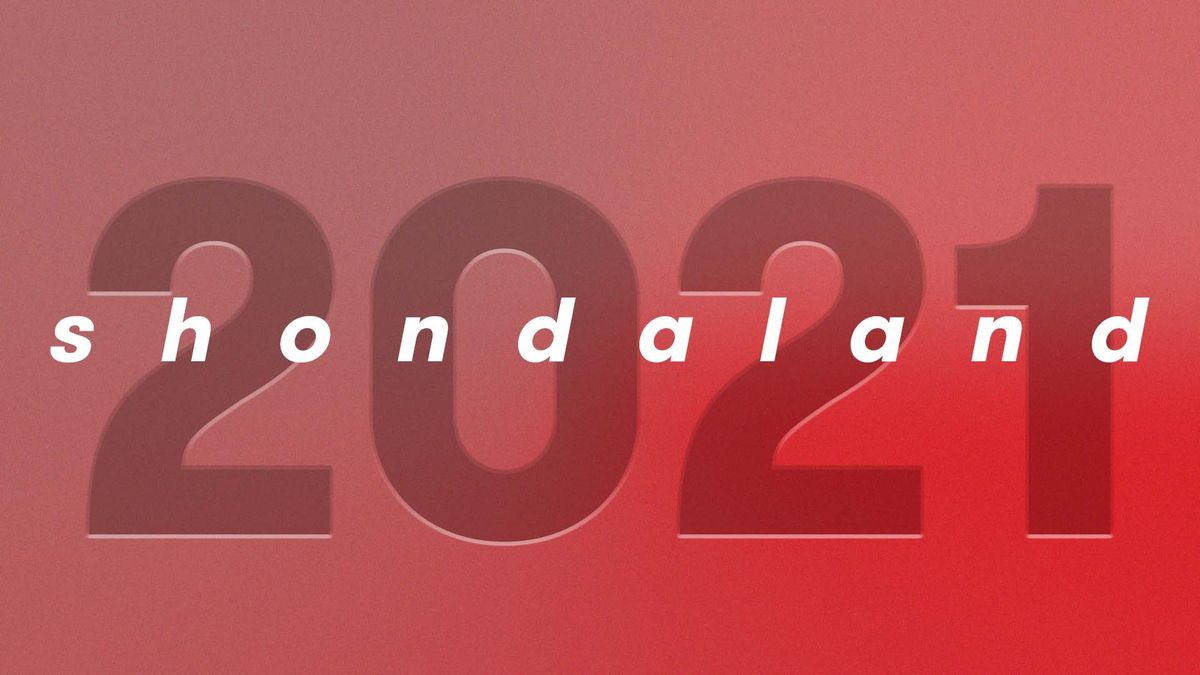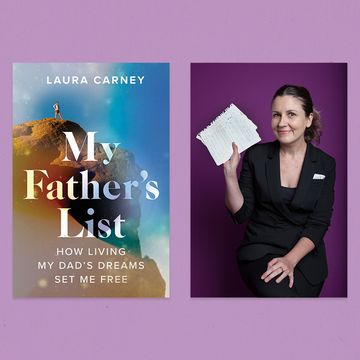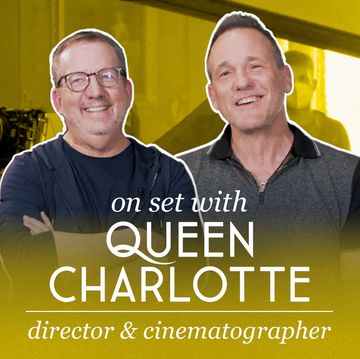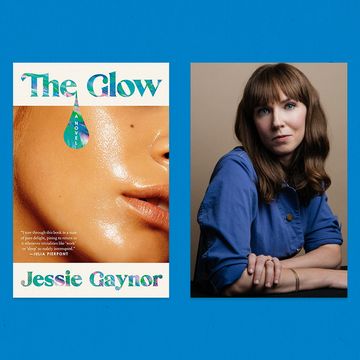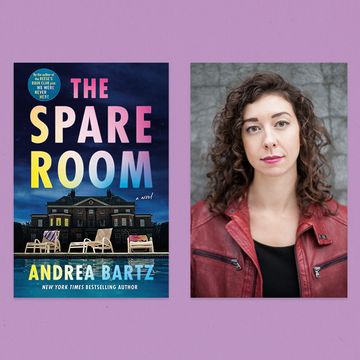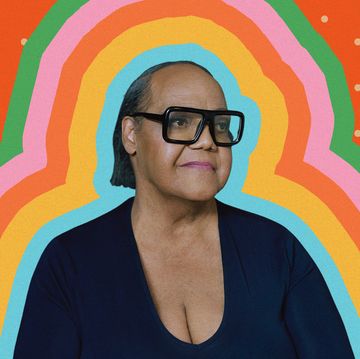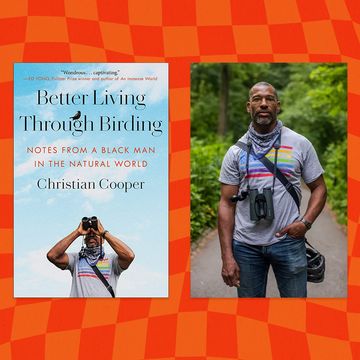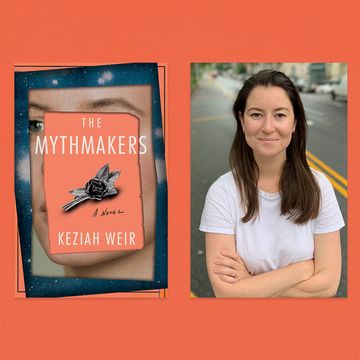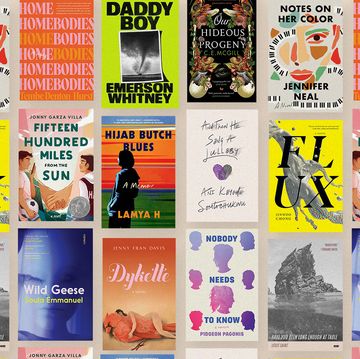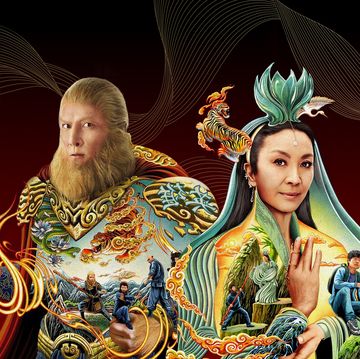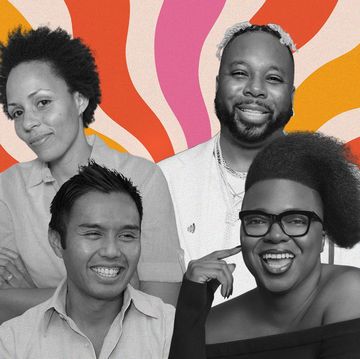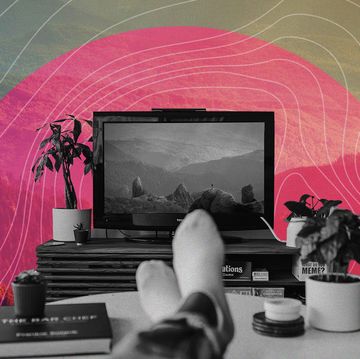Who can resist Outlander? Very few shows have had such a tremendous amount of hype.
The series, which is a historical time-travel drama based on the series of fantasy novels by Diana Gabaldon, celebrates the premiere of its seventh season on Starz on June 16. The new season is a mind-boggling 16 episodes, with the first eight episodes dropping this summer, and the last eight airing in 2024. The show has already been renewed for an eighth and final season, and a new prequel series called Outlander: Blood of My Blood, which will focus on Jamie Fraser’s parents, has been greenlit for its first season.
Sophie Skelton joined the cast of Outlander in 2016 and became one of its main characters by the show’s fourth season. She stars as Brianna, who was born and raised in Boston to English expat parents, Jamie and Claire Fraser. On a trip to Scotland, her mother, Claire, explains to Brianna that her father is an 18th century Highlander named Jamie Fraser, and they travel back in time to the 18th century to be with him. The rest is history (literally). Skelton stars alongside Caitríona Balfe as Claire Fraser, Sam Heughan as Jamie Fraser, and Richard Rankin — her closest co-star — as Roger MacKenzie, Brianna’s husband.
This new season follows the tumultuous, drama-filled sixth season, which saw Jamie and Young Ian rescue Claire before she is convicted for the murder of Malva Christie. In the seventh season, the dawning of the American Revolution has taken hold, and we watch Jamie, Claire, and their family struggle during the war, as Britain fights to hold on. The family — Jamie, Claire, Brianna, and Roger — are being torn apart, and it’s up to their survival instincts to keep them together.
Skelton speaks with Shondaland about the new season, being a ballerina, and the greatest advice she received from a fellow actor.
NADJA SAYEJ: You’re British! How did you master the American accent so well?
SOPHIE SKELTON: Well, I’m lucky that I grew up watching American TV. I watched Friends a lot as a kid. It was ingrained in me. There was a bit of debate on which part of America Brianna was going to be from. Obviously in the book, she’s from Boston. We toyed with the Brahmin accent, but it sounded too English. It had to be a Boston accent from the 1960s. We settled on a general American accent for Brianna. I’m lucky I come from a musical background; I went to musical theater. I can adapt the musicality of my voice quite easily.
NS: You’ve said filming in Scotland, especially in winter, can be brutal. Why?
SS: Scotland and its scenery is certainly a character in the show. It adds to the grittiness and the richness of the show. It is notoriously a hard place to shoot. We shoot long days, long hours. We don’t see a lot of daylight, a lot of the time. It has very dark winters, and it’s cold. It adds to the grit of the show. It seeps into the story; it makes us all dig very deep and power through. It’s something we are all very proud of as a cast and crew.
NS: You have a background as a ballerina. How has that helped prepare you for this role?
SS: It was something that inadvertently helped me. When I was growing up, I was such a tomboy. I had two brothers. Doing ballet was not something I wanted to do. My parents made me stick with it. It taught me resilience. What I didn’t realize was that I also have a high pain threshold. It gives you stamina and makes you aware of your body. Brianna moves from one time period to the next. She’s such a modern woman for her time. Then having to adapt to different periods and her mannerisms is such an important thing in the storyline. Being so aware and how I hold myself is actually very useful. When we do lots of long scenes or when we are shooting in the rain or mud, the choreography gives me the means to navigate around. It’s all so embedded in my muscles; I feel very fortunate I have that background.
NS: Who has been a mentor in your life? Either acting or otherwise.
SS: It’s funny; I came into this industry in a weird way. I was studying to be a surgeon, then I started as a ballerina, and then got into musical theater and stage, and I fell into TV. At that point, it was something I had to keep doing because I was supporting family members and I needed the work. I kept with university and continued with the acting. A lot of it, I had to figure out by myself. I didn’t have family or friends in the industry. There was one woman [actor] who worked with me named Karen Henthorn; she gave me advice when I was struggling. She said she had her best job when she was in her darkest days. I always have that in my mind now. I embrace the dark times and tell myself it could be worse. And if it could be worse, then the only way is up. With everything in you, climb back out.
NS: Let’s talk about costume design. You’ve worn these painful corsets as part of your costume on the show; what is it like?
SS: The costumes, like Scotland, are their own characters in the show. For Brianna, who is spanning different time periods, I wanted her to have a different demeanor in each time period and blend in naturally. The costumes help a lot with that. There is only one way to stand in a corset. It certainly helps to show that entrapment feeling and that constriction. It is difficult to shoot. It’s very tight. You get bruises on your ribs, and they cut your armpits. They are attached to heavy skirts, and when those skirts go into water or mud, they become even heavier. There’s a lot of things to contend with. I’m proud of that. Women in those days had to go through that. It’s easy to see why women were called crazy: You couldn’t breathe properly, you can’t sleep properly, your organs have to move, you can’t digest food very well. It’s important to give a voice to the women who had to wear corsets all the time.
NS: Brianna is known for speaking up and being a strong woman. Have you learned any of those characteristics from her?
SS: I have. I feel close to Brianna and proud that she has a whole new generation of fans. The letters I get from young girls, and the outpouring of love I have from people who relate to Brianna, is great. I’m proud of the beacon of hope and strength that she is. She isn’t perfect, and she does things I don’t necessarily approve of, but she is a bit of an onion, and we’re getting in the deeper layers now. She has grown so much as a woman. I love people who have grown with her. She has been through darker times; seeing her come through the other side is wonderful. I hope I can show young women everywhere there is a light at the end of the tunnel. She has taught me a lot. As a British person, I tend to apologize a lot. She has taught me to not apologize; be yourself. And to stand up for yourself. That’s an important person to have on-screen.
NS: Why would you apologize for yourself as a British person?
SS: It tends to be an English sensibility. If I walk into a lamppost, my first instinct is to say, “Oh, sorry.” It’s an inanimate object. We’re known for apologizing a lot. She’s helped teach me to take that out of my vocabulary — not in a nasty way. [You can] still be a good person, but do not apologize for everything.
NS: I’m Canadian; I thought we were the nation known for saying “sorry.”
SS: There you go! We’re in this together.
Nadja Sayej is an arts and culture journalist based in New York City who has written 5 books, including Biennale Bitch and The Celebrity Interview Book.
Get Shondaland directly in your inbox: SUBSCRIBE TODAY
